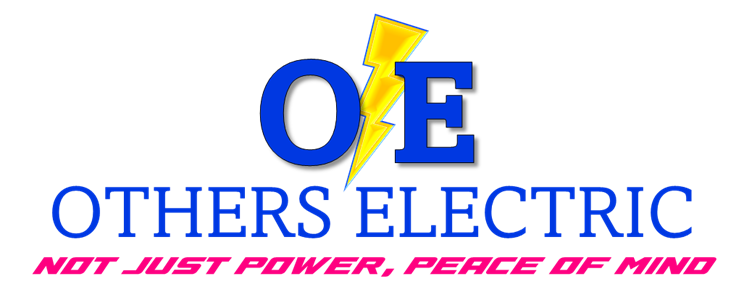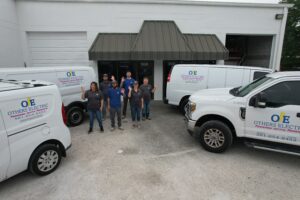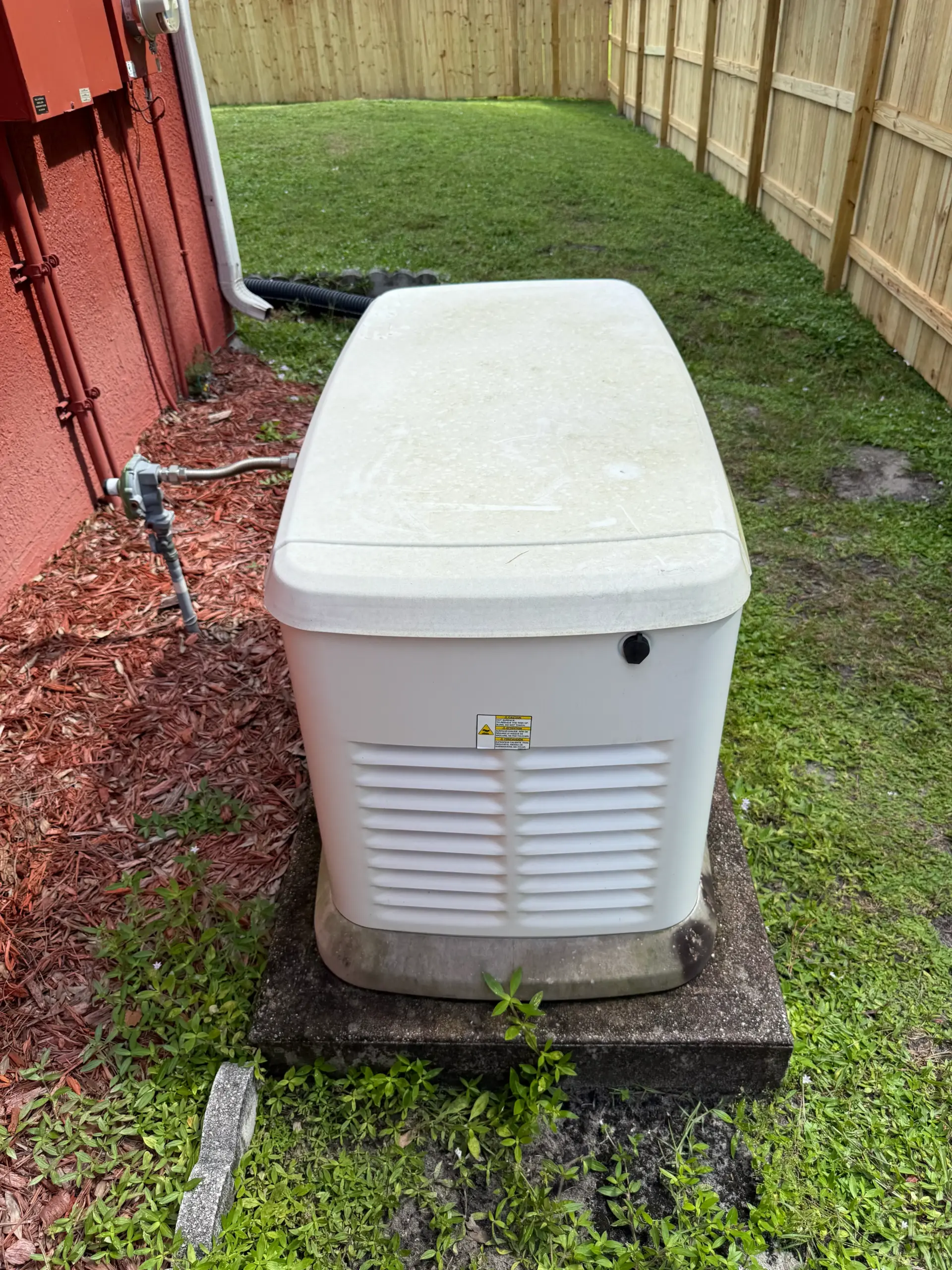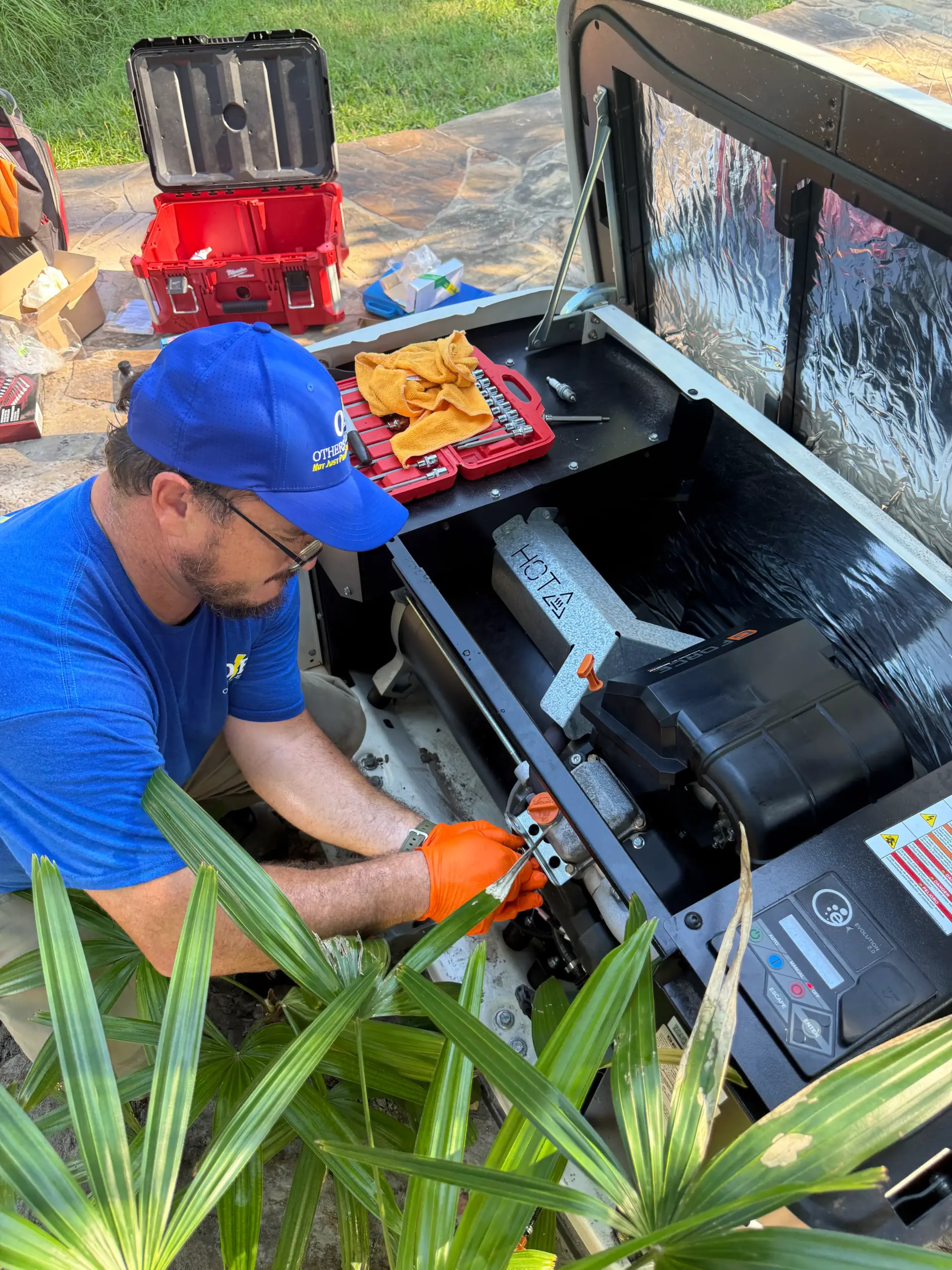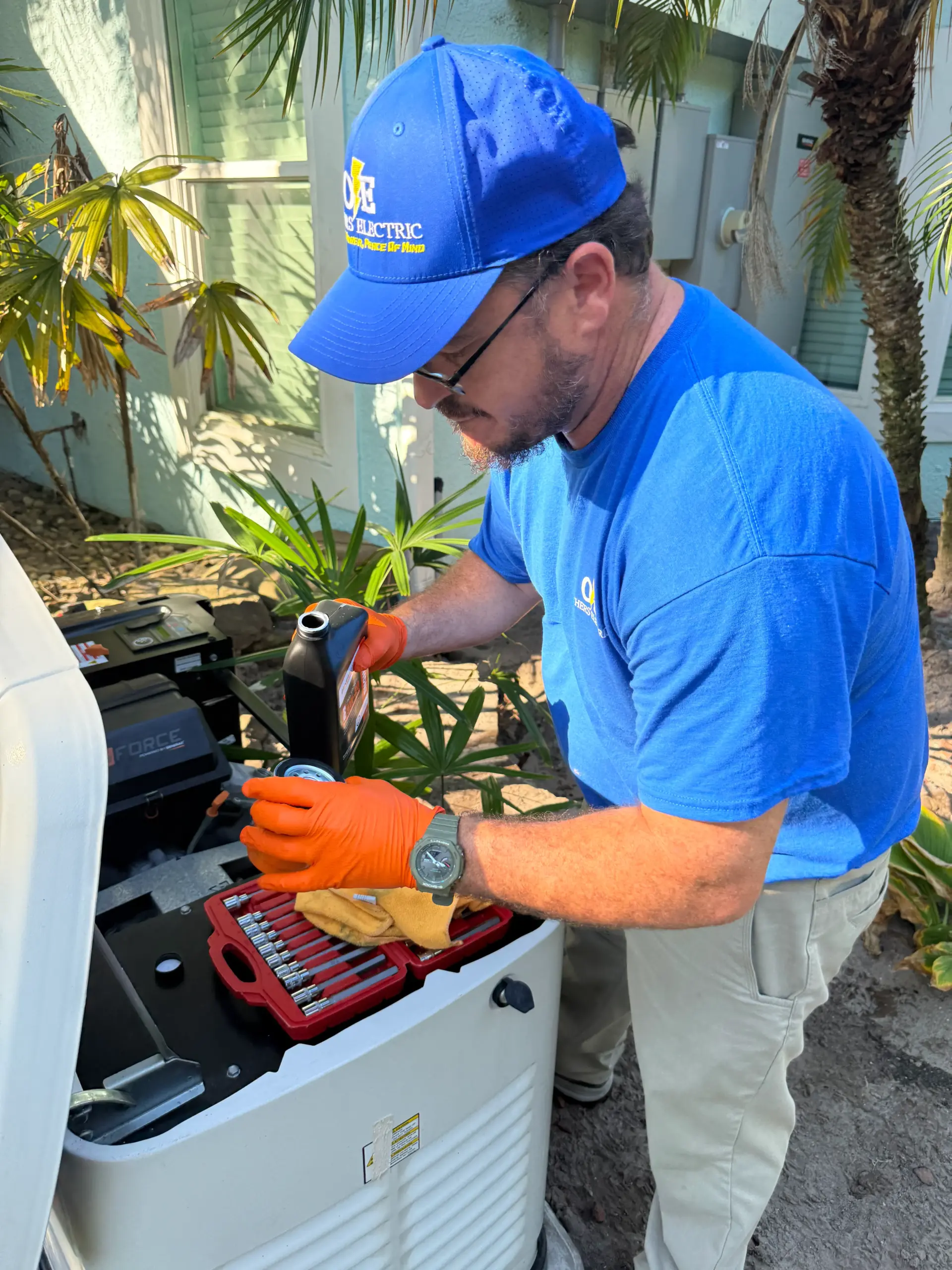Modern society runs on electricity—from the lighting in homes to the machines in factories, and even the communication networks we rely on daily. Yet few people pause to ask: how do power stations generate electricity? Behind every flick of a switch is a complex system of generation, conversion, and distribution. Power stations, also known as power plants, are the central hubs of this process. Whether fueled by fossil sources, nuclear reactions, or renewables, power stations remain at the core of how energy reaches our homes and businesses.
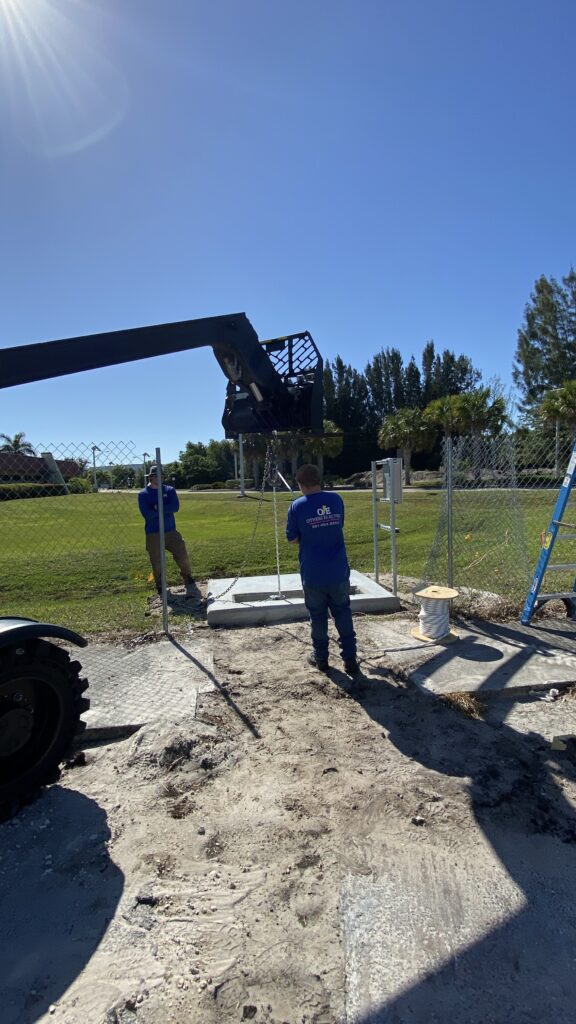
The Core Principle of Power Generation
At the heart of every power station lies a fundamental principle of physics: the conversion of mechanical energy into electrical energy. This transformation typically happens through the use of a turbine-generator system. A turbine is driven by a moving fluid—such as steam, water, or air—and connected to a generator that converts rotational motion into electricity using electromagnetic induction.
This principle, discovered by Michael Faraday in the 1830s, remains the basis for virtually all modern electrical generation. The type of fluid and the method used to produce it—be it burning coal, splitting atoms, or capturing wind—determines the type of power plant.
Types of Power Stations and Their Mechanisms
Understanding how power stations generate electricity requires examining different plant types:
Fossil Fuel Power Plants
These plants burn coal, oil, or natural gas to heat water, creating steam that spins turbines. Despite environmental concerns, fossil fuel stations still supply a large portion of the world’s electricity. They are known for high output but are also major contributors to greenhouse gas emissions.
Nuclear Power Stations
Nuclear plants use nuclear fission to generate heat. Uranium atoms are split in a controlled reaction, releasing energy that turns water into steam. This steam then drives turbines. These facilities produce large amounts of electricity with zero carbon emissions during operation but raise concerns over radioactive waste and safety.
Hydroelectric Power Stations
Water held in reservoirs is released through turbines in hydroelectric plants, turning mechanical motion into electrical power. These plants are renewable and emission-free, but they require significant environmental alterations and suitable geography.
Wind and Solar Power Stations
Wind farms capture kinetic energy from air currents, while solar farms convert sunlight into electricity through photovoltaic cells or concentrated solar power systems. Though intermittent, these renewables are critical for a sustainable energy future.
Converting Mechanical Energy into Electricity
So, how do power stations generate electricity once the turbine is spinning? The turbine shaft is connected to a rotor inside the generator, surrounded by copper wire coils. As the rotor spins within a magnetic field, it induces an electrical current in the coils—a process known as electromagnetic induction.
The resulting alternating current (AC) is then conditioned and transformed into high-voltage electricity suitable for long-distance transmission.
Grid Distribution and Electrical Safety
Once generated, electricity travels through transformers and transmission lines to reach distribution substations. Here, the voltage is stepped down and routed to homes, offices, and industries.
The entire process requires tight coordination and safety oversight. Grid failures or voltage instability can cause blackouts, equipment damage, and safety hazards.
In Florida, companies like Others Electric play a vital role in ensuring that homes are ready to receive and manage electricity safely—whether from traditional grids or modern renewable sources.
Florida’s Power Generation Landscape
Florida’s electricity comes from a diverse mix of sources, including natural gas, solar, and nuclear. According to the U.S. Energy Information Administration (EIA), natural gas accounts for roughly 75% of Florida’s net generation. The state also ranks among the top in the U.S. for utility-scale solar capacity.
Understanding how power stations generate electricity is especially important in storm-prone regions like Florida, where infrastructure needs to be resilient. Grid-hardened systems, weather-resistant materials, and backup generation solutions are essential parts of the local energy strategy.
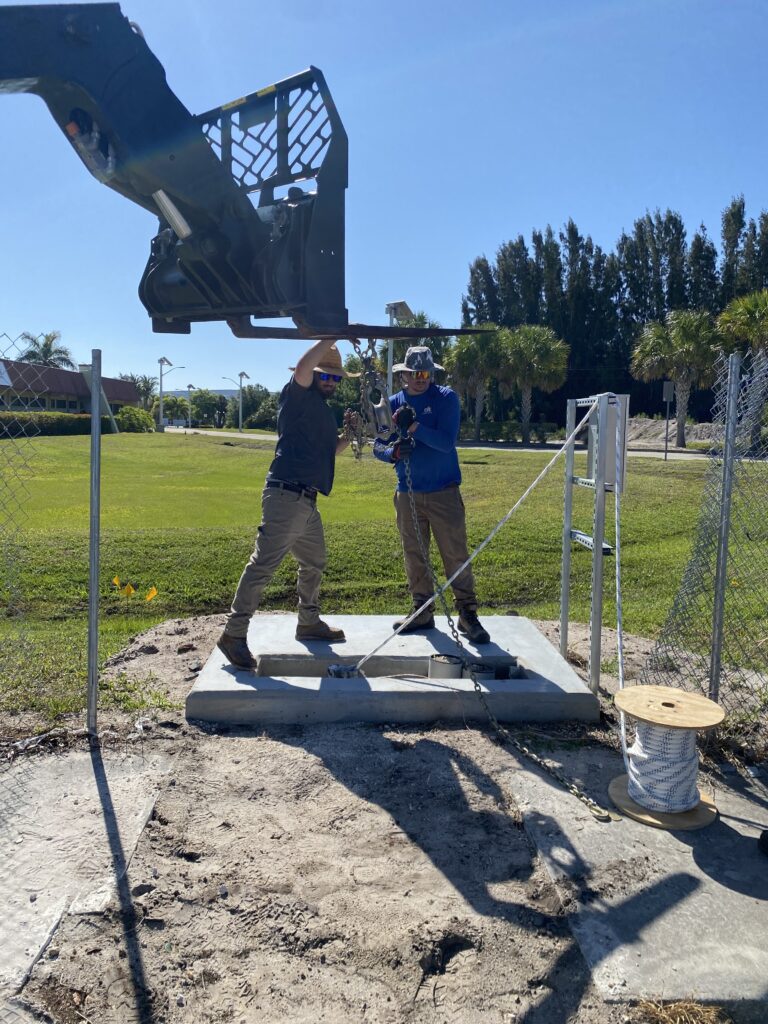
The Role of Renewable Energy
As climate change continues to influence energy policy, renewable power stations are playing a growing role. In Florida, solar farms are expanding rapidly thanks to abundant sunlight and decreasing photovoltaic costs.
Hybrid power stations—those combining battery storage, solar panels, and even wind turbines—are beginning to supplement the state’s conventional energy sources. They offer improved stability and allow for more decentralized, resilient systems.
For homeowners interested in supplementing grid energy with solar or wind, it’s crucial to have a properly installed electrical infrastructure. At Others Electric, our experts provide surge protection, panel upgrades, and safe system integration for hybrid setups.
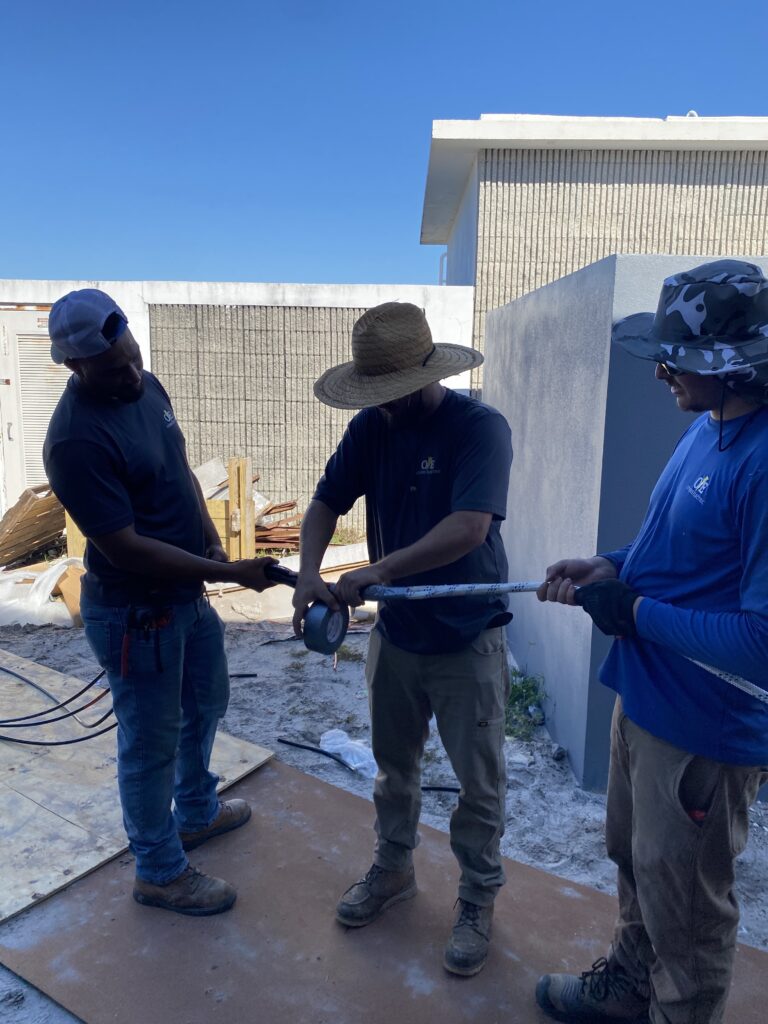
Environmental and Technological Innovations
Ongoing advancements in technology are making power stations more efficient. Smart grids, automated controls, and AI-powered forecasting tools allow utilities to better manage supply and demand.
Technologies like carbon capture, small modular reactors (SMRs), and floating offshore wind farms are shaping the future of power generation. These innovations may redefine how power stations generate electricity and distribute it safely and sustainably.
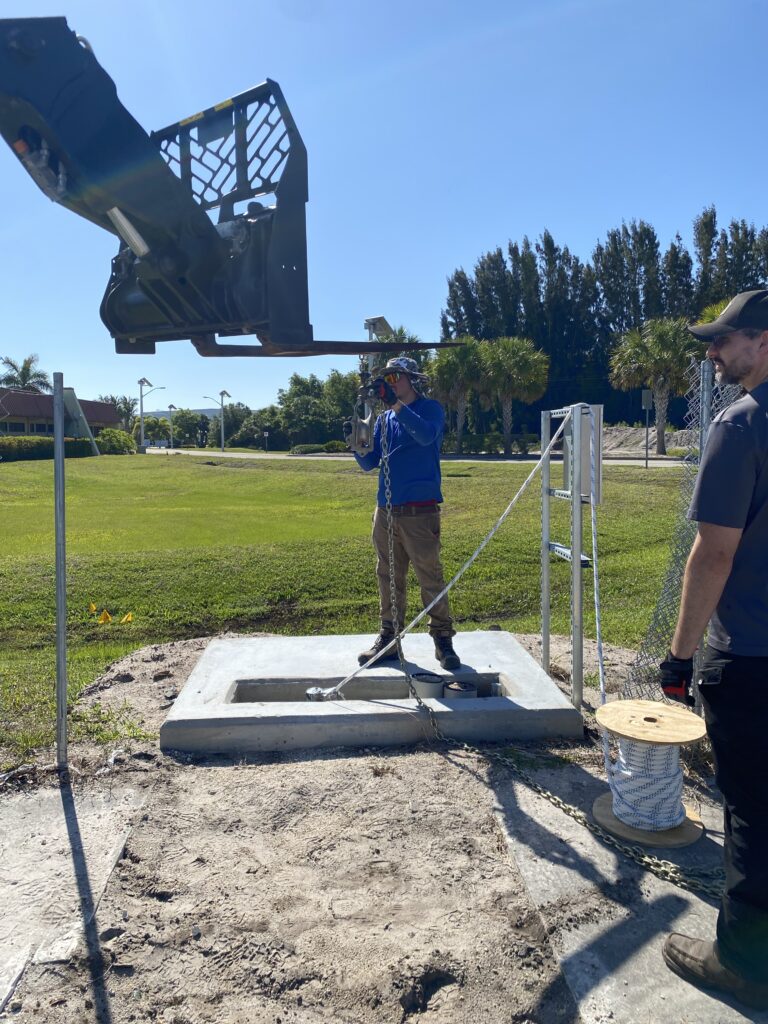
Conclusion
So, how do power stations generate electricity? By converting mechanical energy—whether from steam, water, wind, or sun—into electrical energy using turbines and generators. This electricity is then conditioned and distributed through a vast, high-voltage infrastructure to power homes and businesses across Florida and the nation.
In a rapidly evolving energy landscape, understanding the fundamentals of power generation empowers consumers and decision-makers alike. Whether you’re interested in conventional power sources or integrating renewables into your property, Others Electric is ready to help with the right solutions. For more insights, visit energy.gov or EIA.gov.
